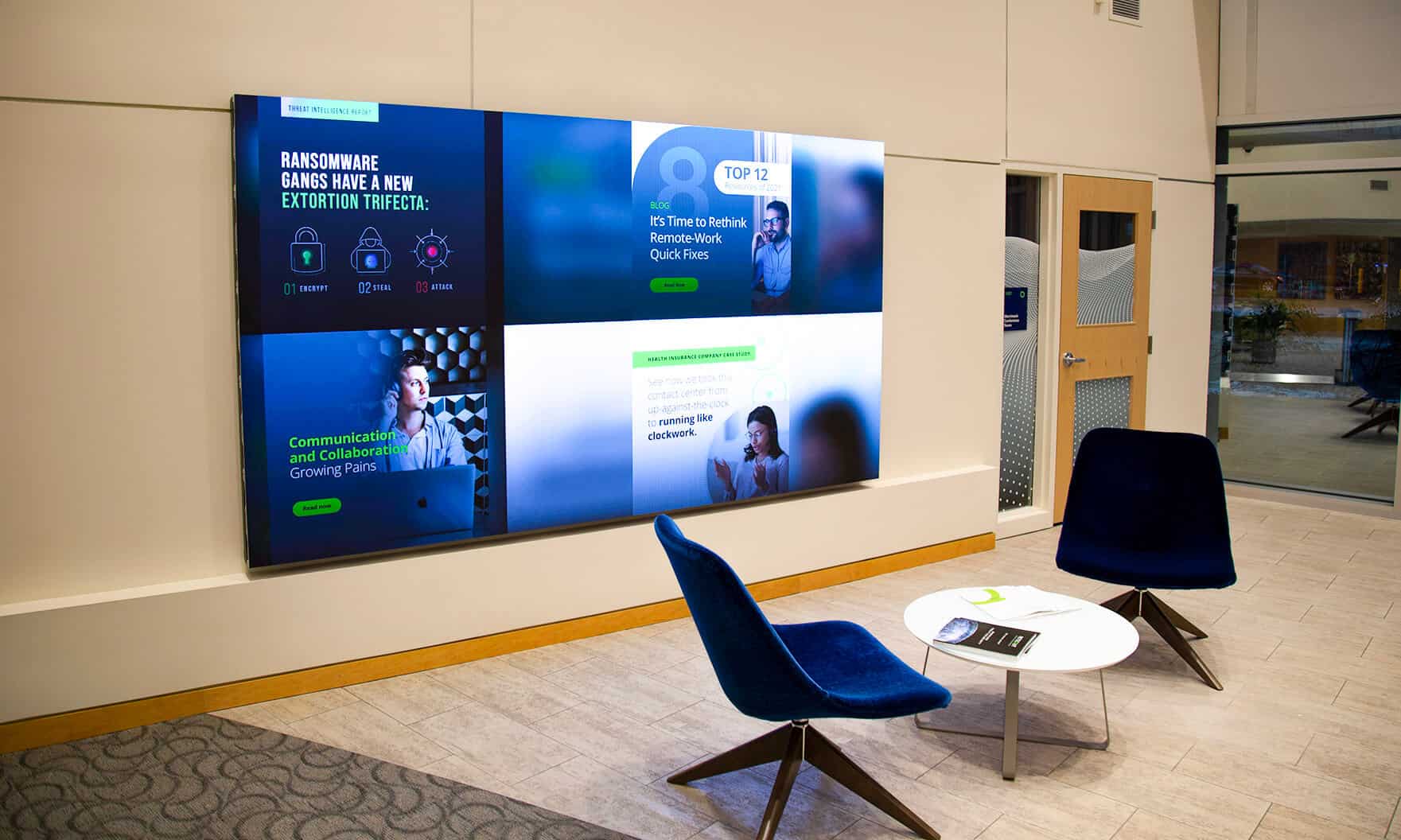Light-emitting diode panel panels have become more and more favored in not just home and business environments, offering an option to conventional illumination methods. These screens are thin, slim units that utilize LEDs technology (LEDs) to generate illumination. They provide a contemporary look and can be used in multiple locations, such as workspaces, schools, and residences. While LED wall panels have many benefits, it is crucial to contrast them with conventional illumination alternatives, such as incandescent bulbs and fluorescent lights, to understand their advantages and disadvantages.
One of the most notable advantages of LED panel screens is their energy efficiency. LEDs consume significantly fewer power than conventional illumination sources, which can lead to lower electricity bills. For example, an LED panel can use up to 75% less energy than an incandescent lamp while offering the same amount of illumination. This power effectiveness not only reduces money for users but also reduces the overall carbon footprint, making it an environmentally friendly choice. With growing concerns about climate change, many people are looking for methods to reduce their power usage, and LED panel panels can be a helpful solution.
Another advantage of LED panel screens is their extended lifespan. Traditional lighting options often need regular changes due to burned-out bulbs. In comparison, LED screens can last up to twenty-five times longer than incandescent bulbs, and even greater when contrasted to neon lights. This longevity means that consumers spend fewer hours and money on upkeep and renewals. Additionally, the minimized need for replacements contributes to fewer environmental impact, further benefiting the eco-system. This durability makes LED wall screens a much practical option for both residential and commercial owners.

Despite their many advantages, LED panel screens do have some disadvantages. One issue is the upfront expense of buying and installing these screens. While costs have fallen over time, LED panels can still be more costly initially than conventional illumination options. However, it is crucial to factor in the extended savings on energy bills and replacement costs when evaluating the overall value of LED lighting. Some users may also be discouraged by the intensity of LED lamps, as they can be more intense than the soft light provided by incandescent bulbs. Choosing the right brightness and color temperature can be crucial for creating a comfortable environment.
Another potential issue of LED wall screens is their reaction to heat and moisture. High heat can diminish the efficiency of LEDs, and extreme humidity can cause damage. This concern is particularly important in spaces of a building or building where conditions can fluctuate, such as restrooms or cooking areas. It is important to select Visit This Link the appropriate type of LED panel for particular environments to ensure optimal functionality. Additionally, some individuals may find that the light produced by LEDs can be less pleasant than traditional illumination, leading to issues about vision fatigue or discomfort in specific environments.
In summary, LED panel screens offer many benefits over traditional lighting solutions, including power efficiency, longevity, and lowered upkeep expenses. However, they also come with some drawbacks, such as higher initial expenses and sensitivity to surrounding factors. As users continue to explore illumination choices, it is evident that LED wall panels can provide a contemporary and find more info environmentally friendly option for a wide range of spaces. By understanding both the advantages and concerns of these panels, individuals and companies can make wise choices that best suit their lighting needs.